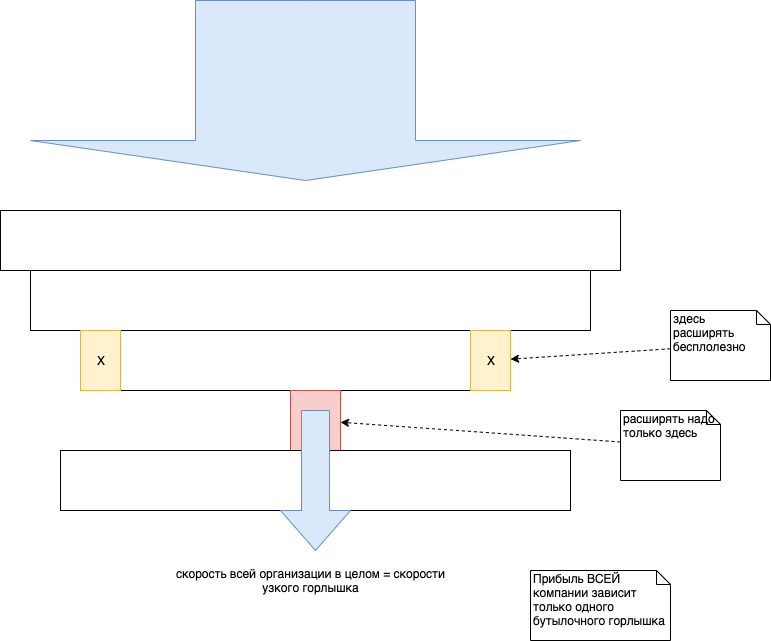If you have had experience of communicating with the head of the technical support department, then surely the first thing that you heard from him is the numerous complaints about life, employees and abusive customers.
It is still somehow possible to manage a small technical support service of 5 people, but when there are more people, and the number of calls per day exceeds a hundred, then the life of a manager turns into hell: constant escalations, staff overload and almost complete loss of control over what is happening.
Just imagine that you have a hundred admins, whom you provide with work every day (this is not fiction, but reality).
In this situation, something must be done. Here everyone gets out as best they can - numerous excuses are invented, "standardization" is invented, clients are forced to fill out incredible forms with fields whose purpose it is impossible to guess, and at every opportunity, calls are thrown off the performer back to the client. At all, no one looks at violations of SLA (planned deadlines for the execution of orders). The list of measures is endless.
The problem is neither new nor unique - it is present in every enterprise, in whatever field it operates. Overproduction, staff overload, pushing urgent orders. Analogies suggest themselves.
Is there anything you can do about it? Sure! Working and very effective measures have long been known - Lean Manufacturing and Theory of Constraints (TOC).
Let's take a look at how Lean methods and metrics could benefit your company's technical support.
A short excursion into Lean and TOC
Let's start with a short introduction to Theory of Constraints and Lean Manufacturing in as little space as is necessary to understand the concept of this article.
In short, Lean Manufacturing is a philosophy (a set of techniques) for reducing losses, accelerating production and its continuous improvement in order to increase the profit of an enterprise.
The theory of constraints is, as it were, a superstructure over Lean manufacturing, which states that in any production there is only one single bottleneck that slows down everything. And the speed of the entire enterprise as a whole is equal to the speed of this bottleneck.

- , – . . 100% - .
X% X%. , !
.
,
, , , – ( , Throughput).
Tu= P – TVC,
Tu – ;
P – ;
TVC –
(https://tocpeople.com/2012/08/upravlenie-predpriyatiem-po-finansovym-pokazatelyam-tos/)
, , .
?
. - .
300 , – 400 .
( - ) = 100 , = 200
- , ( , )?
NB. , , ?
, , . – , - .
– 5 , – 30 .

: 100 / 5 = 20 /
: 200 / 30 = 6,6 /
, 20 /, – 6,6 /.
, ? , – .
, – . .
, . , .
, .
, .
Jira, , :
·
·
· ( Resolved) . .
Touch time - . , , Need Info ( ).
, Touch time , 85% .
, - , Touch time.
Jira Touch time .
- ( , ) = Touch time
=
= /
= / Touch time
, , .
:

template – . .
. , , . , , .
, , , , , .
Swarming .
, , . , .
, , , .
«» , .. , , , .
, :
= / * 100%

5-10%.
?
Jira, , .
:
= - / ( ) * 100%
, , . .. , .
:

.
?
– . , «» - , , .

, :

, – 4-5 , 10 .
, .
Qlik – . , , , , , . .
, , .
Touch time , , .
.. .
?
, . Kaizen – . – . .
.. ( , ) . .
Service Desk Lean ( ) .
: , . , (.. «»). . , , , .
, , - , (/ ) (. ). :
, , - - , - . , – .
, , , , . .
? . , 100%, . . , .
, :

. :
·
·
, , , . . .. , -. .
. :

.
, - , , , . . 5 10 , ?
- , , . .
.
NB. .
, .
.